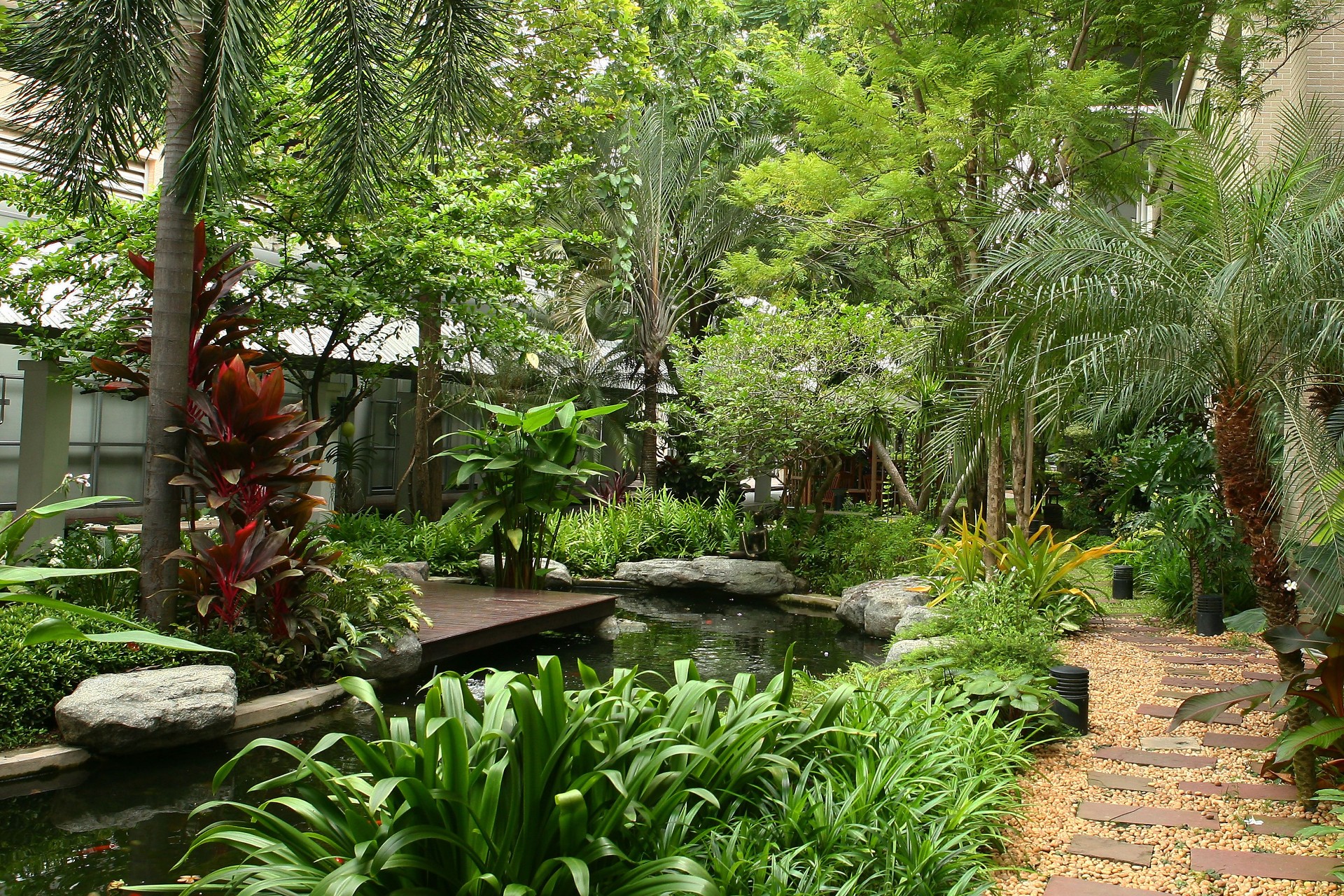Sump pumps are usually used to avert water damage in the basement. In fact, most water problems in the basement are due to exterior draining problems. Before you decide to go ahead with a sump pump installation in brick or concrete, you must carefully look at the drainage surrounding your property. The best time to check things out is when it is raining. Survey the guttering, ensure that it is not clogged, and make sure that the downspouts are moving the runoff about four to five feet beyond the house’s foundation.
When Installation is Advised
Even if these kinds of conditions are checked, water may still gather in your basement. In this case, the issue may be a utility trench that channels runoff back into your house. Otherwise, you may have a high-ground water table. In both of these prospective situations, a sump pump installation is recommended.
What is Involved
Many of the newer homes already have a sump pit in place, complete with a drain system beneath the basement floor. This drainage system is made to channel water into the pit. If your home does not have this feature, and the water flow is affecting most of the basement, a retrofit type of sump pump installation might be a good solution. However, this type of job involves removing a large swath of soil and concrete from the basement’s perimeter, as well as adding drain tiles, gravel, and of course, the pit. You also have to replace the concrete.
You don’t want to do this type of work by yourself because it can be a backbreaking undertaking. It’s better to pay a professional to get the job done because only an expert can prevent water damage and add to your overall living space. Get more information online by researching and Googling sump pump installations.


